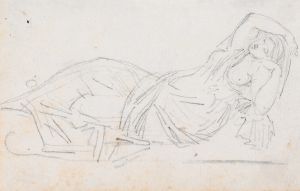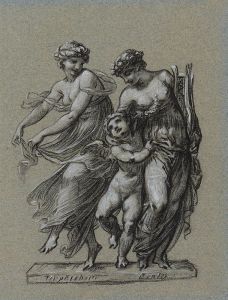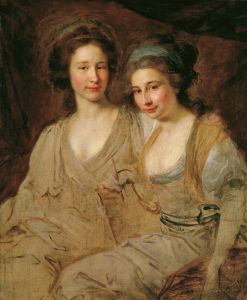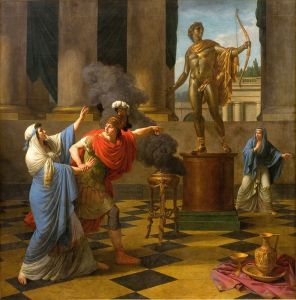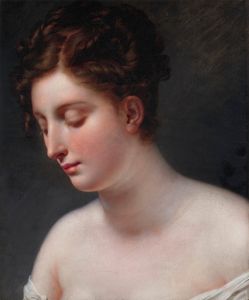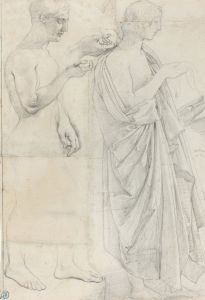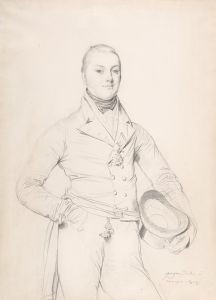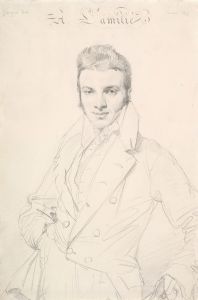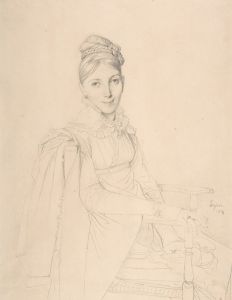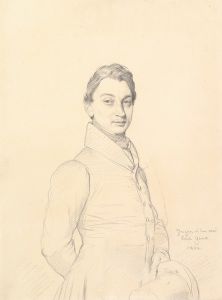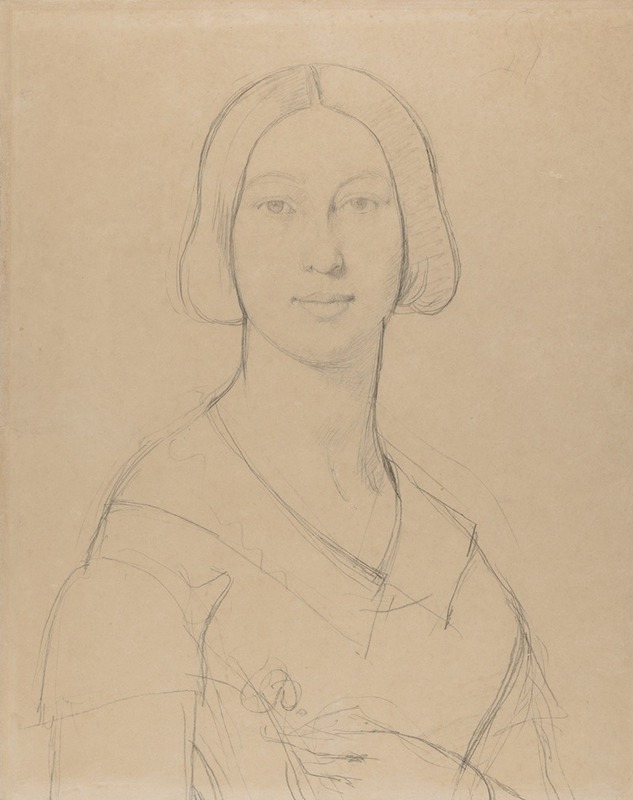
Portrait of Madame Paul Meurice, née Palmyre Granger
A hand-painted replica of Jean Auguste Dominique Ingres’s masterpiece Portrait of Madame Paul Meurice, née Palmyre Granger, meticulously crafted by professional artists to capture the true essence of the original. Each piece is created with museum-quality canvas and rare mineral pigments, carefully painted by experienced artists with delicate brushstrokes and rich, layered colors to perfectly recreate the texture of the original artwork. Unlike machine-printed reproductions, this hand-painted version brings the painting to life, infused with the artist’s emotions and skill in every stroke. Whether for personal collection or home decoration, it instantly elevates the artistic atmosphere of any space.
The painting Portrait of Madame Paul Meurice, née Palmyre Granger was created by the renowned French Neoclassical artist Jean-Auguste-Dominique Ingres. This portrait depicts Palmyre Granger, the wife of Paul Meurice, a prominent French playwright and close associate of Victor Hugo. The artwork is an example of Ingres' mastery in portraiture, showcasing his meticulous attention to detail and his ability to capture the elegance and personality of his sitters.
Jean-Auguste-Dominique Ingres (1780–1867) was one of the most influential artists of the 19th century, known for his precise draftsmanship and his dedication to the Neoclassical style. His portraits, both painted and drawn, are celebrated for their refined execution and their ability to convey the social status and character of his subjects. Ingres often worked on commission, creating portraits for members of the aristocracy, bourgeoisie, and intellectual elite of his time.
The subject of this painting, Palmyre Granger, was married to Paul Meurice, a figure deeply involved in the literary and theatrical circles of 19th-century France. Paul Meurice was a close friend and collaborator of Victor Hugo, and he played a significant role in preserving and promoting Hugo's legacy. While little is documented about Palmyre Granger herself, her portrait by Ingres suggests her prominence within the cultural milieu of her era.
The painting exemplifies Ingres' characteristic style, with its smooth, polished surface and precise rendering of textures, fabrics, and facial features. Ingres was known for his ability to depict the intricate details of clothing and accessories, which often served to highlight the wealth and sophistication of his subjects. At the same time, his portraits are noted for their psychological depth, as he sought to capture the individuality and inner life of his sitters.
The exact date of the painting is not widely documented, but it is consistent with Ingres' body of work during the height of his career. As with many of his portraits, this work reflects the artist's commitment to classical ideals of beauty and harmony, while also incorporating the Romantic sensibility of the 19th century.
The current location of the painting is not specified in major sources, and further details about its provenance or exhibition history are not readily available. However, it remains an important example of Ingres' portraiture and his contribution to the art of his time.
This portrait is a testament to Ingres' enduring legacy as one of the foremost portraitists of his era, celebrated for his technical skill and his ability to immortalize the figures of his time with grace and precision.





